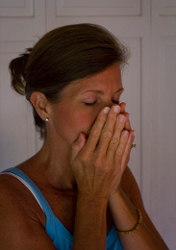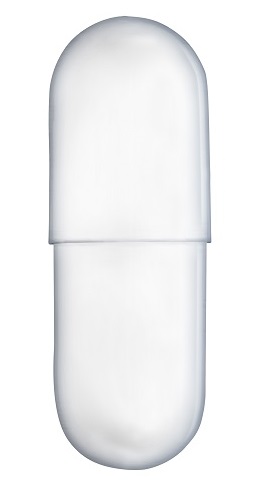How to Use Essential Oils
When it comes to how to use essential oils, people often have a limited view...
... they think mainly in terms of the appealing fragrance an essential oil can provide.
But when we're talking about therapeutic grade oils, there are many more applications than just providing a pleasing aroma.
They are also effective in promoting overall physical, emotional, mental, and spiritual well-being.
With this in mind, there are three main ways to address the question of how to use essential oils. . .
Getting familiar with these will go a long way to help you learn how to use your own essential oils.
Inhalation

Inhalation is emphasized by the German school of aromatherapy and is one of the best ways to begin with essential oils.
When inhaling, essential oil molecules bring their benefits by directly entering the blood stream through the lungs and affecting the brain through the olfactory nerves in the nasal cavity.
Whenever you are first exposed to a new essential, it's good to introduce yourself to it by holding the bottle at the level of your naval and gently move the bottle in a circular motion, allowing the molecules to make their way to your nose.
Once you get familiar with the oil, you can then inhale it more directly.
Do this by placing a couple of drops in the palm of your hand and rub clockwise with your other hand. Cup both hands together over the nose and mouth and inhale deeply – without touching your eyes.
There are other ways to inhale essential oils as well.
You can apply a couple of drops to areas of your body – like the chest, neck, wrists, ears or under the nose -- and breathe in the aroma during the day.
And you can put a few drops in some hot water (not boiling) and inhale the steam with a towel over your head.
A very effective way to inhale essential oils passively while in your home or office is with an essential oil diffuser. I have several diffusers and use them every day.
Topical Application

The English school of aromatherapy stresses the topical application of essential oils.
With this approach, the essential oil may be diluted in a carrier oil (like vegetable oil) and applied to the skin.
The best place to start applying therapeutic oils topically is on the bottom of the feet. Just place a couple of drops on each foot and massage them in. In this way, your body can become acclimated to the oil.
You can rub essential oils into other places on the body, too... like the back, shoulders, knees, and abdomen.
And you can use more than one oil in the same place.
For example, sometimes I rub ginger on my stomach and then layer it with peppermint to help drive the ginger in.
I should mention, too... essential oils can be used with a warm compress or cold pack, according to the need.
And you probably already thought of it, but the effectiveness of a massage is greatly enhanced with essential oils. Especially through what is known as the Raindrop Technique.
Oral Ingestion

French aromatherapists emphasize taking essential oils orally (along with the other ways mentioned).
Oral ingestion includes holding essential oils in the mouth, swallowing them, and taking them in a capsule.
An easy way to ingest essential oils is to add a drop to your food or drink.
It doesn't take much of an essential oil because these oils are highly concentrated. And, as a general rule, oils taken orally are to be diluted with a vegetable oil or with something like blue agave or honey.
Of course, with any form of oral application, it's critical to know that your essential oils meet the necessary requirements for internal use.
Young Living Vitality Oils are designed specifically for ingestion.
Other Applications
In addition to the uses mentioned above, there are some other applications of essential oils I apply regularly. A few of these are as a household cleaner, bath salt, and cooking ingredient.
How to use essential oils may seem difficult at first. But once you get started and get acclimated to them, you'll discover all kinds of uses for your own situation.
And... you can shorten your learning curve by being a part of an essential oils community, like the one we have at Family Essential Oils.
Remember, all of the applications described above assume the use of therapeutic grade essential oils.
The applications described here also apply to essential oil singles and blends.
And, as you begin to use oils for yourself, become familiar with some basic safety guidelines.
Learning how to use essential oils is not hard!
Return from How to Use Essential Oils to Family Essential Oils HOME




